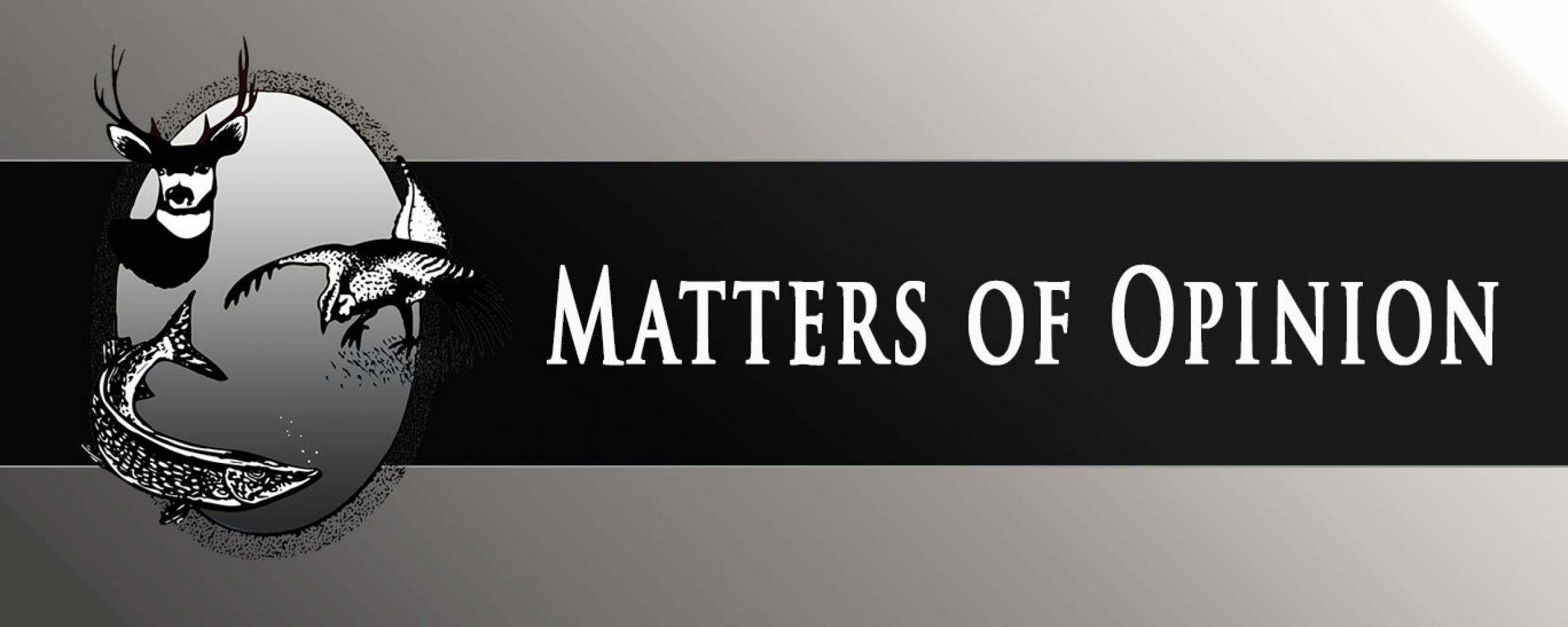
Matters of Opinion
In November, we opened the deer gun season in short sleeves, something I’ve done only a few times in 50 years in North Dakota, and today we are looking at snowfall records for December in Bismarck.
We’ve had hard winters before, usually with dire consequences for our state’s wildlife. But following the last two relatively mild winters, those difficult ones are easy to forget.
The weather mixture we’ve received so far – freezing temperatures, freezing rain, feet of snow, warming temperatures, and so on – is difficult for animals trying to survive on the landscape. North Dakota’s wildlife can be a lot like its human residents. We’re innovative and we don’t give up easily. But this winter looks like it might stretch thin even the hardiest of creatures.
While this winter, to date, looks similar to winter 1996-97 and winter 2008-09 in terms of snowfall, there are some upsides. There were areas of the state where moisture was a little in short supply, and some recreational fishing lakes had declining water levels. We weren’t in danger of losing any fisheries due to low water levels, but had we experienced extended periods of reduced precipitation, it could have gotten to that.
This winter’s precipitation will certainly replenish those areas and provide for good fishing in the future, but I’m not sure we could get much better than what was experienced this past open water season.
Because of where we live, we understand that we’ll periodically experience a winter like this. And, like in years past, wildlife will eventually bounce back from the difficult weather. Even so, I’m not sure adequate winter cover like multi-row tree belts and cattail sloughs are enough to carry all wildlife through a winter like this.
The ability for the state’s wildlife to bounce back has diminished since the last winter with similar snow depths and temperatures. You’ve heard us constantly and consistently talk about having adequate wildlife habitat on the ground. Following the 2008-09 winter, which was the beginning of three consecutive harsh winters, we still had approximately 3 million acres of grass on the landscape, which allowed pheasants and deer to rebound much quicker. Today, at least 2 million acres of that habitat no longer exists, which will make the rebound slower. We’re working on recovering that habitat, but it’s not a quick process.
I’d be remiss if I didn’t take this opportunity to thank Governor Dalrymple for his confidence in me to serve as director of Game and Fish under his leadership. He made the decision to keep me in the position after then Governor Hoeven left to become our U.S. senator.
I also want to thank Governor Burgum for his continued confidence in me. I’m looking forward to working with Governor Burgum to find new and innovative ways to make the Game and Fish Department more efficient, increase the fish and wildlife resources that we all cherish, and balance the many varied interests across the state that come into play in our business.
While we may have a few more months of winter ahead of us, there’s still plenty to do in the wilds of North Dakota. It may take a little more work to get out to that fishing spot for ice fishing. Or it may take a little more energy to get out there and hunt coyotes, but that’s part of our nature in North Dakota. We’re not afraid to put a little more energy into the things we enjoy doing. Just get out and enjoy what North Dakota has to offer.
